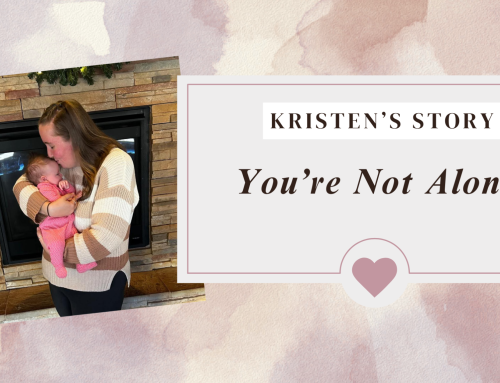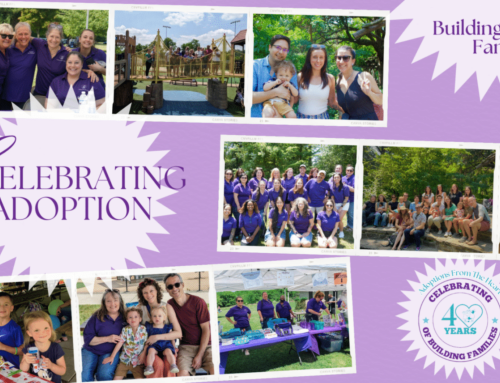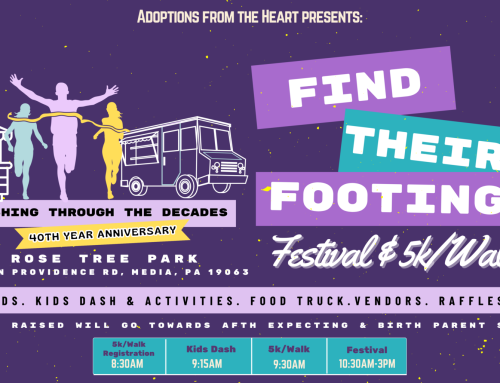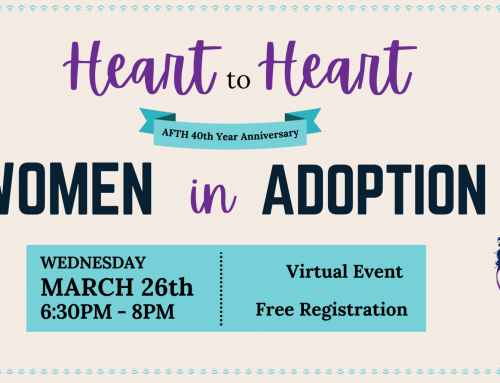The Connecticut Children’s Museum is out to help kids from throughout the state learn new things and develop new skills through their variety of programs and exhibits. The building is home to three different programs: Creating Kids Child Care Center, Creative Curriculum Child Care Provider Training, and the Connecticut Children’s Museum. Every section is influenced by Howard Gardner’s Theory of Multiple Intelligences – this helps to identify a child’s best learning style and help them learn more effectively. Our Connecticut adoption agents love bringing our new kids to help them grow. Some of our favorite sections of the museum include:
Musical Room
This entire room is dedicated to music and kids have the opportunity to hear it, make it, study it, and even see it. The room features some beautiful murals which help draw kids into the world of music. Instruments in this room include a piano, saxophone, and guitar. Kids can look at and touch the instruments and participate in a workstation with musical wind chimes.
There are also some really cool musical table exhibits here, such as:
- An ocean drum making rhythm visual.
- A steel drum and pipe drum showing how you can make musical instruments from everyday objects.
- A guitar stage where young musicians can play in the museum band with various instruments.
Bodily-Kinesthetic Room
The theme in this room is “Reflections”, and it’s filled with mirrors. Here, kids learn to explore emotions in English, Spanish, and American Sign Language. There are also some sculptures based on famous characters of children’s literature, including:
- Frog and Toad Are Friends frog sculpture
- Blueberries for Sal bear sculpture
- Caps for Sale tree full of monkeys
In the Bodily-Kinesthetic Room, your kids will read books about their animal and then have a chance to transform into a bear, frog, or monkey with the available props and costumes.
Logical-Mathematical Room
In the Logical-Mathematical Room, your kids can work on their problem-solving skills. There are a variety of hands-on activities here, which help develop logic and math skills:
- Adding, subtracting, and counting the museum’s bean collection
- A maze wall with moveable slats for rearranging pathways for rolling balls
- A gear wall where kids can rearrange their gears and turn the crank to rotate them
- Workstations with tangrams, mosaics, and fraction problems
Linguistic Room
The Linguistic room is a recreation of “the great, green room” from the famous children’s book Goodnight Moon. It has all of the features you remember, including a bunny on the bed, toy mice, the little red house, a collection of phones and clocks, magnetic mittens and socks, and the “comb and a brush and a bowl full of mush.”
Spatial Room
While walking into the Spatial Room, you’ll find an optical illusion wall – do you think you see a face or a vase there? Inside the exhibit, you’ll walk through a construction site and find architectural blocks that allow you to build replicas of buildings from across the globe. One of our favorite parts of this exhibit was the garbage sculpting space, where you can create your own art projects with tape, egg cartons, and boxes.





